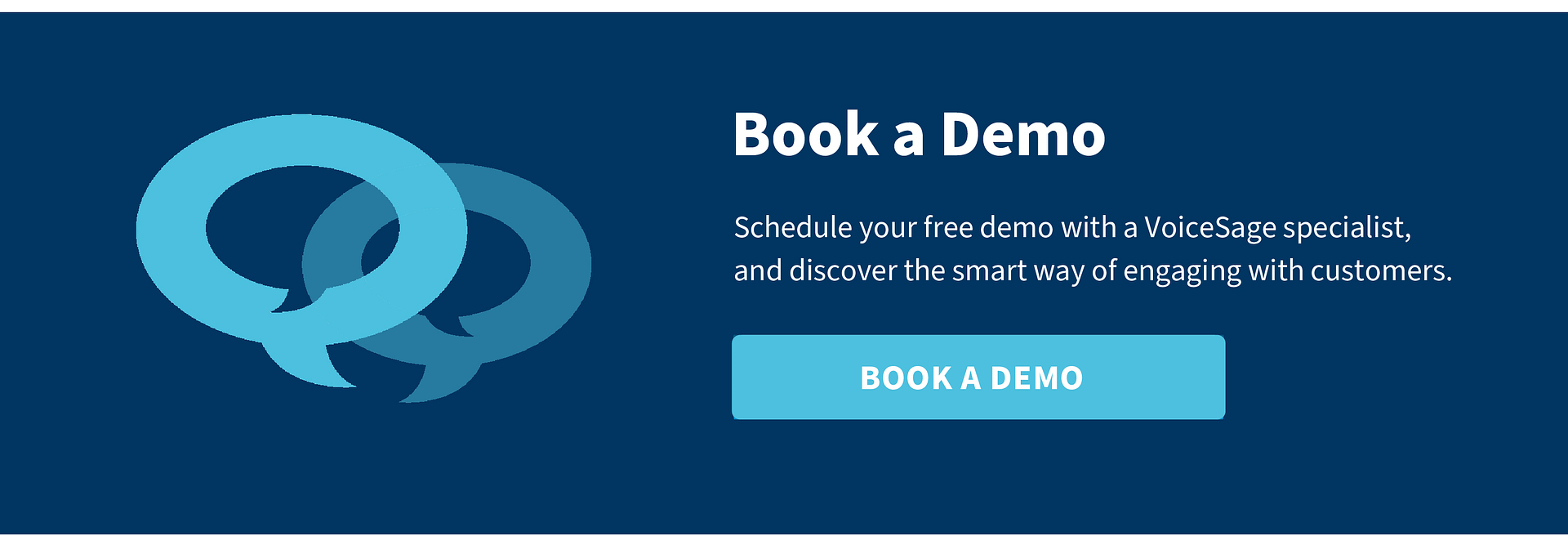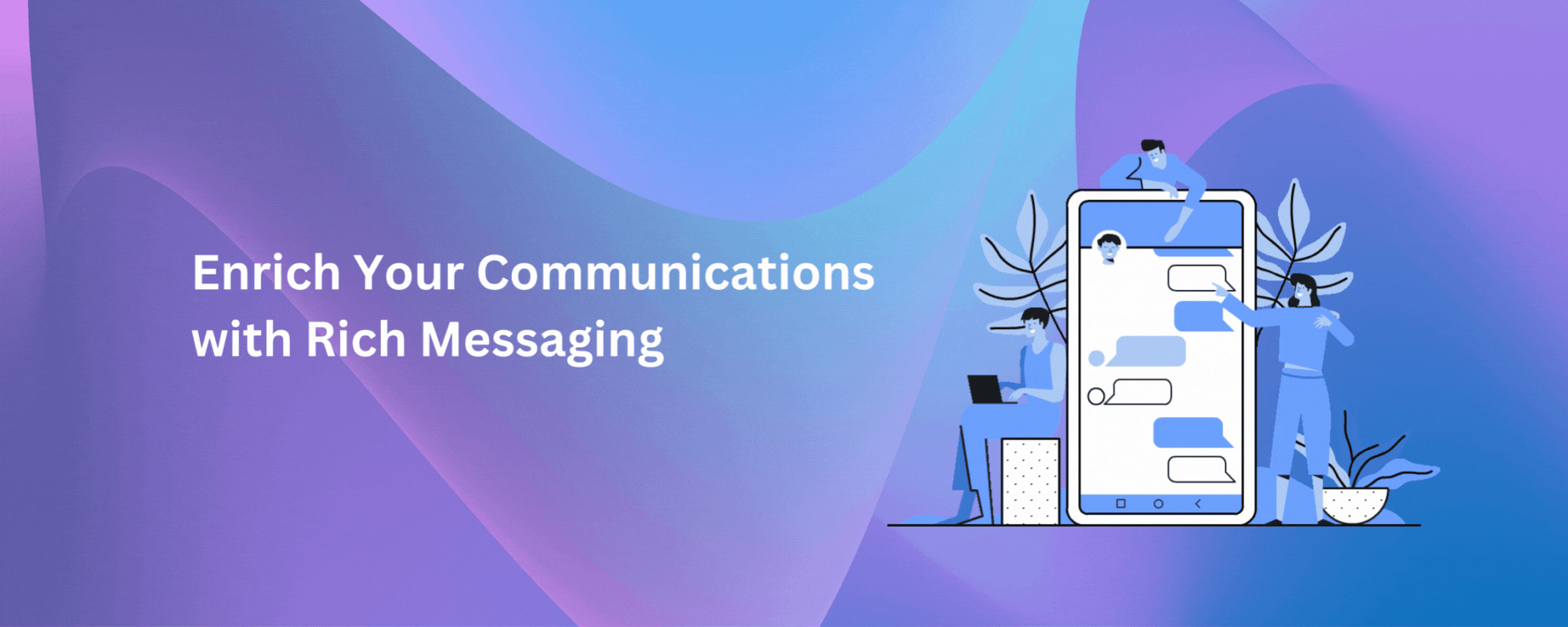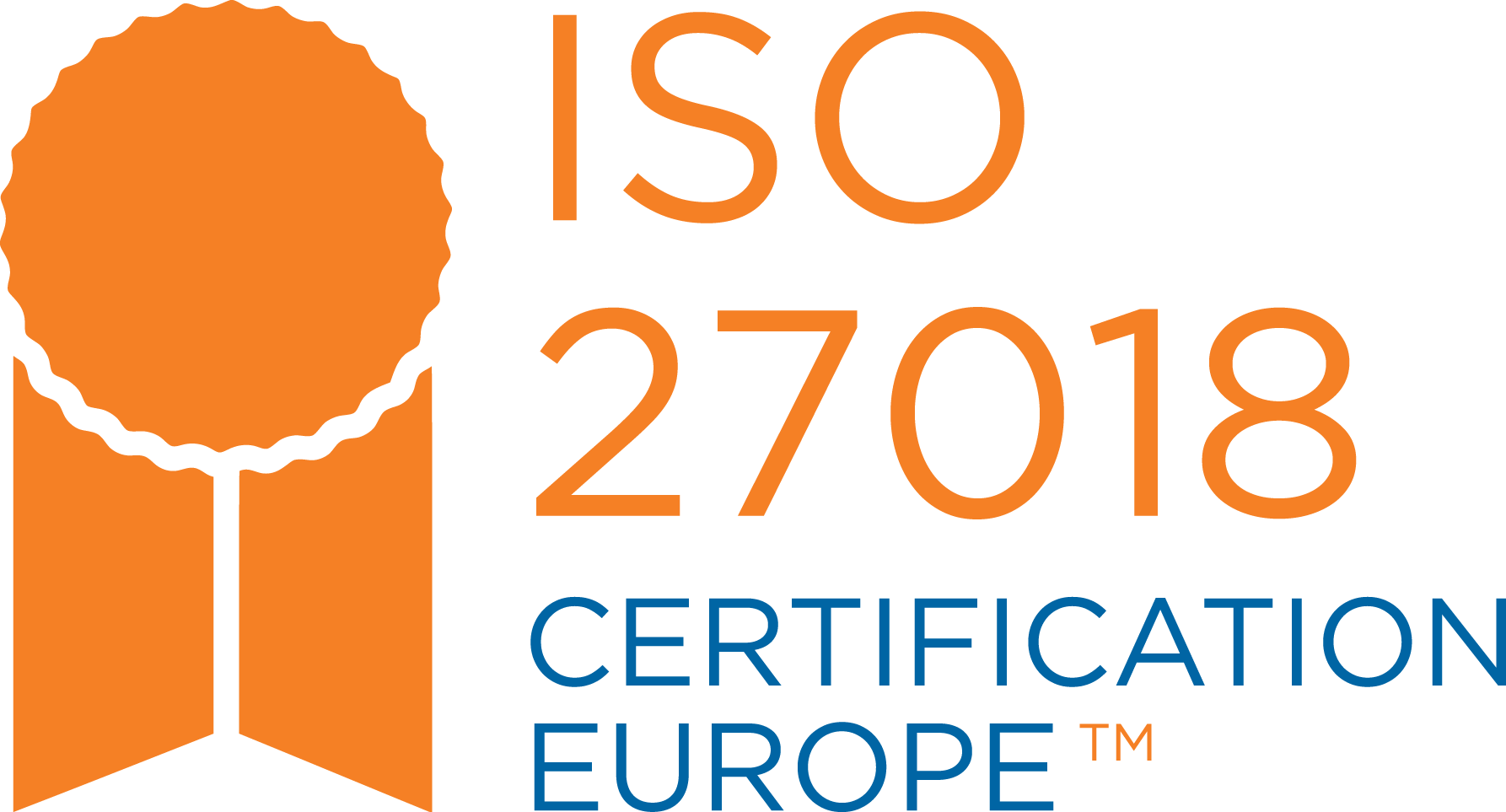Missed payments aren’t always intentional — customers forget or they think they’ve already paid. Credit collection is part of doing business, but it doesn’t have to be complicated. In fact, with the right collection strategies, you can get paid quicker and deliver a better customer experience.
This starts with going beyond just sending emails and making repeat phone calls. These tactics help, but oftentimes customers ignore your efforts and tell themselves they’ll take care of it later.
To help you create strategies that shorten debt repayment time — and protect your revenue — while maintaining a positive customer experience, here are five collection strategies to get you started.
Collection strategy #1: Use interactive voice messaging to improve customer contact rate
You might remember that in the not-too-distant past, the collection process started with a letter or email reminder followed up by a combination of phone calls and more emails.
The result? Even though these strategies are proactive, they don’t guarantee that customers will see or hear your messages. Phone calls are missed or ignored, and emails might end up in a junk folder never to be seen.
Since 95% of households in the UK have a cell phone, a more proactive collection strategy is to use interactive voice messaging (IVM) to contact customers.
After receiving a personalized text message, some customers will call in with questions about their outstanding debt.
How this strategy works
Send customers an automated, personalized message reminding them about payment. When they call in, IVM takes customers through self-serve options using keypad input. If needed, customers can transfer to a live agent.
 Home Retail Group, a leading home and general merchandise retailer here in the UK, used this strategy to proactively manage customer order and delivery questions. One of the most popular questions customer support received after an order was placed was whether the order had gone through and been received. Customer support resources were swamped with calls answering the same question more than once.
Home Retail Group, a leading home and general merchandise retailer here in the UK, used this strategy to proactively manage customer order and delivery questions. One of the most popular questions customer support received after an order was placed was whether the order had gone through and been received. Customer support resources were swamped with calls answering the same question more than once.
Using IVM improved customer satisfaction because customers got the information they needed right away — without having to talk to a live agent.
When it comes to collections, instead of calling each customer individually, use IVM to share details about what’s outstanding, the deadline, and how to pay. Then when customers call in, the IVM process you’ve set up will take customers through the procedure of making a payment.
Collection strategy #2: Incorporate rich media messaging to improve the payment process
There’s a lot of information out there about the shortened attention span of adults. But the truth is it’s not that people have shorter attention spans; they’re distracted because they’re bombarded with all kinds of information throughout the day. For example, there are social media, emails, app notifications, and more vying for attention.
Add rich media messaging into your collection strategy to grab customers’ attention and improve the chances of repayment.
How this strategy works
Create and send messages that customers can “interact” with. Include videos or attach files and let customers make a payment or contact customer support through a text message.
 For a quick and simple repayment process, here are three ways to use rich media messaging:
For a quick and simple repayment process, here are three ways to use rich media messaging:
- Create and send messages that have pre-defined response options. For example, send the outstanding balance and the due date along with a question like “Would you like to pay now?” Customers can then answer “Yes” and complete the process.
- Personalize messages with text, images, and video with simple calls to action. Add custom interactive options within your messages so that customers can make payments, view their invoices, and contact customer support.
- Transfer customers to a payment gateway to encourage them to take immediate action. Asking for a payment and then waiting for customers to head online to set up payment through their bank creates discontinuity and makes it easier for customers to delay payment. We’ll explore this more next.
Test each of these options to see which one results in the quickest payment turnaround time.
Collection strategy #3: Build in frictionless payments to make it easy for customers to follow through
Sometimes missed payments are the result of procrastination because customers find the payment process overwhelming or too hard.
To help, use automated text bots to initiate payments within a text message and connect to payment gateways like Stripe, PayPal, and Worldpay for fast, easy payment.
A timely reminder to pay and an easy process make it more likely that customers will follow through.
How this strategy works
When customers receive a text message from you, include an option to pay now. When they click, transfer them to a payment landing page to complete the process.

Automatically transferring customers to a payment gateway creates a positive CX and reflects well on your brand. You’ll find that customers will ask themselves why other companies don’t do the same thing — which helps you stand out.
Express Gifts, a personal home shopping service, uses a two-part process to increase the likelihood of payment.
First, they send a rich media reminder message to customers two days before payment is due. An example of what this might look like for you:

Second, Express Gifts’ messages include a URL that connects customers to a payment gateway for quick and easy payment.
Collection strategy #4: Automate, automate, automate
Depending on how big your business is and the number of accounts outstanding, following up with each customer individually is time-consuming and puts a strain on your resources — mainly customer support. Instead of chasing down payments, your team can be onboarding new customers or supporting current customers.
To speed up payment, increase your team’s productivity, and improve the customer experience, integrate your collection strategies with your CRM tools.
How this strategy works
Instead of using your tools in silos and relying on manual updates, connect them all through API integrations for seamless updates and current data.

[Source]
Ways to use API integrations to streamline communication and automatically update systems include:
- Automatically send payment reminders using your accounting software and rich media messaging at set reminder intervals. For example, five days before credit is due, two days after missed payment, and every five days after that.
- Send location-based reminders when customers are close to their bank. Pull data from your CRM database for personalized messages:
 [Source]
[Source]
- When payment is received, send a confirmation message to reduce the number of inbound calls asking this question.
- Let customers set up convenient call-back times via rich media messaging. Have your support team follow up at these times.
Collection strategy #5: Use optichannel messaging to support ongoing communication with customers
If you’ve ever been on the receiving end of credit collection calls, you’ll agree that excessive and poorly timed calls are annoying. Your customers feel the same way.
A better approach to avoid customer churn is to use optichannel messaging. This includes a combination of voice, text, and rich media messaging that let you share reminders and updates with customers.
How this strategy works
Combine more than one collection tactic to improve your chances of getting paid quicker. For example, send a rich media message and when customers call in, use IVM to direct them to the right customer support agent. Then send a confirmation text afterwards.
With optichannel messaging, you’re able to reach out and connect with customers at the right time, with the right message, in the right place to speed up the repayment process.
Vanquis Bank, a credit card company here in the UK, understands its customers’ time is valuable and uses this approach in addition to metrics that show the best times to contact customers. With text and voice messaging, there’s been “a higher rate of conversions of ‘promises to pay.’ This has been achieved with 60% less agent resource, because the messages are generated automatically.”
Putting the pieces together
Whatever credit collection strategy you use, the customer experience has to be at the forefront so that you’re paid quickly.
Yes, the point of contacting customers is to recoup credit to avoid revenue losses, but the better the customer experience, the better the chances of them paying in advance or on time in the future.
Think about it. If customers feel like you’re helping them, not pressuring them, you’ll be surprised to see how much more willing they are to work with you.
For more information on how VoiceSage can help you with your credit collection strategies, book a demo today.

Published on: 5th February 2019









